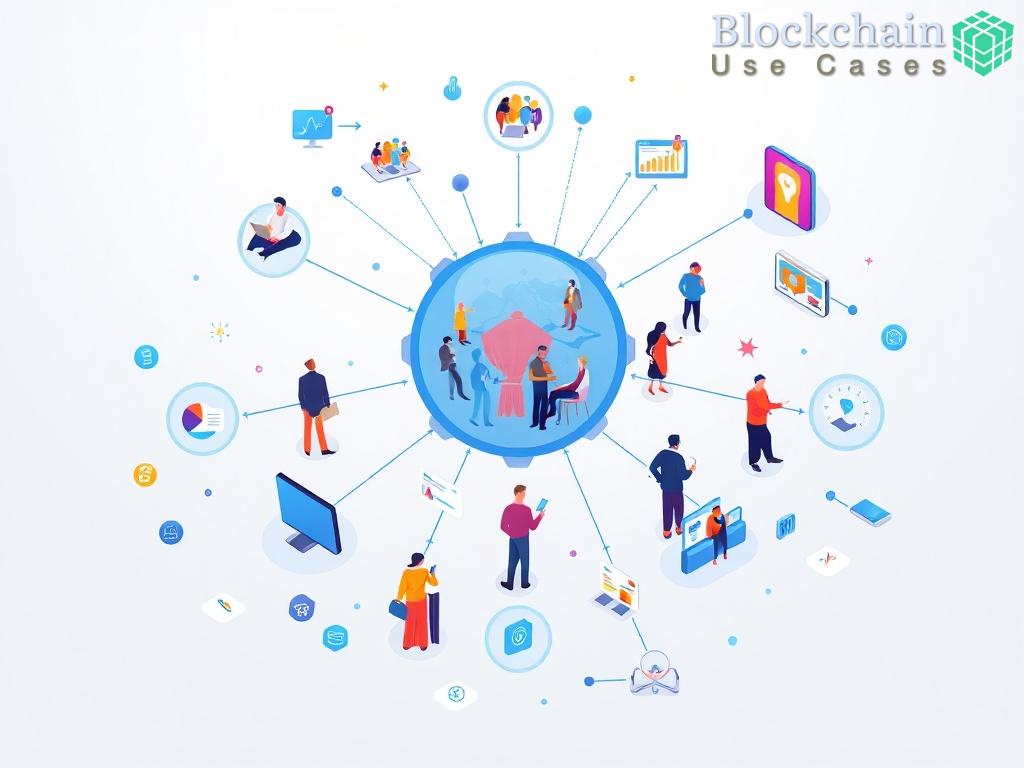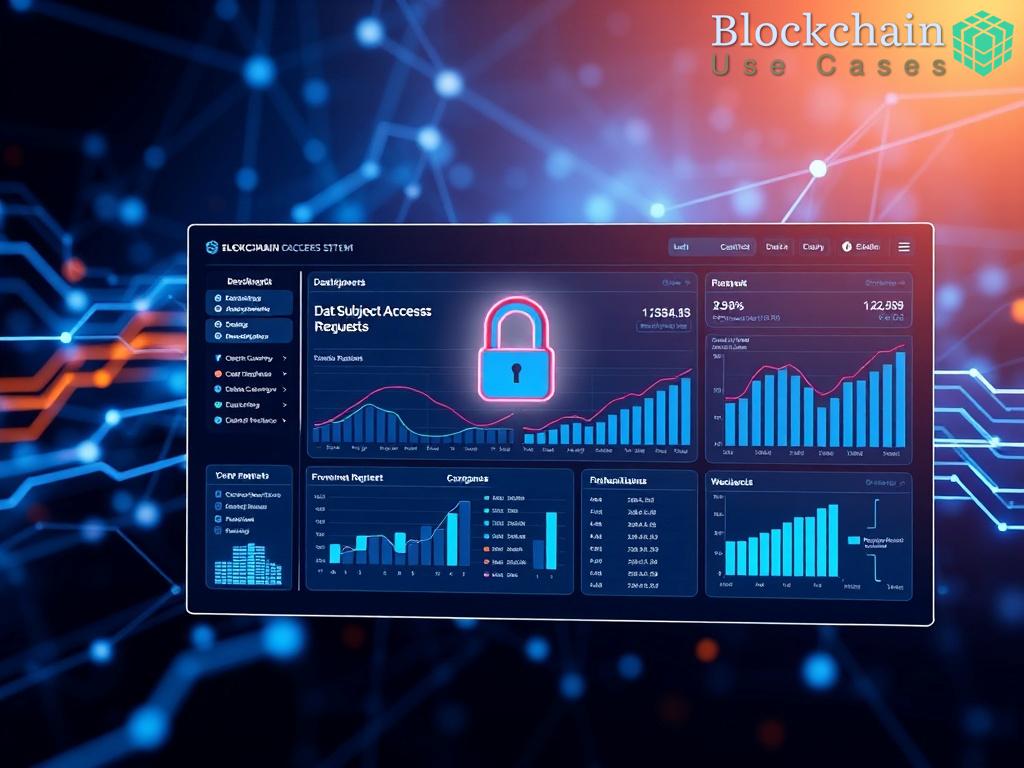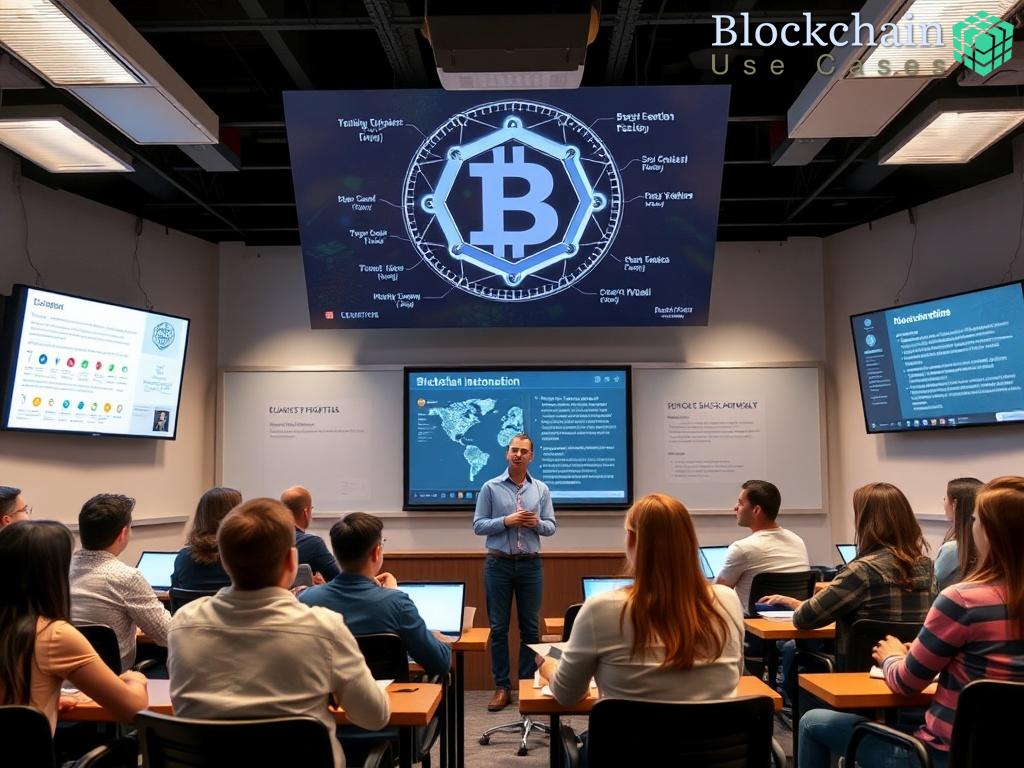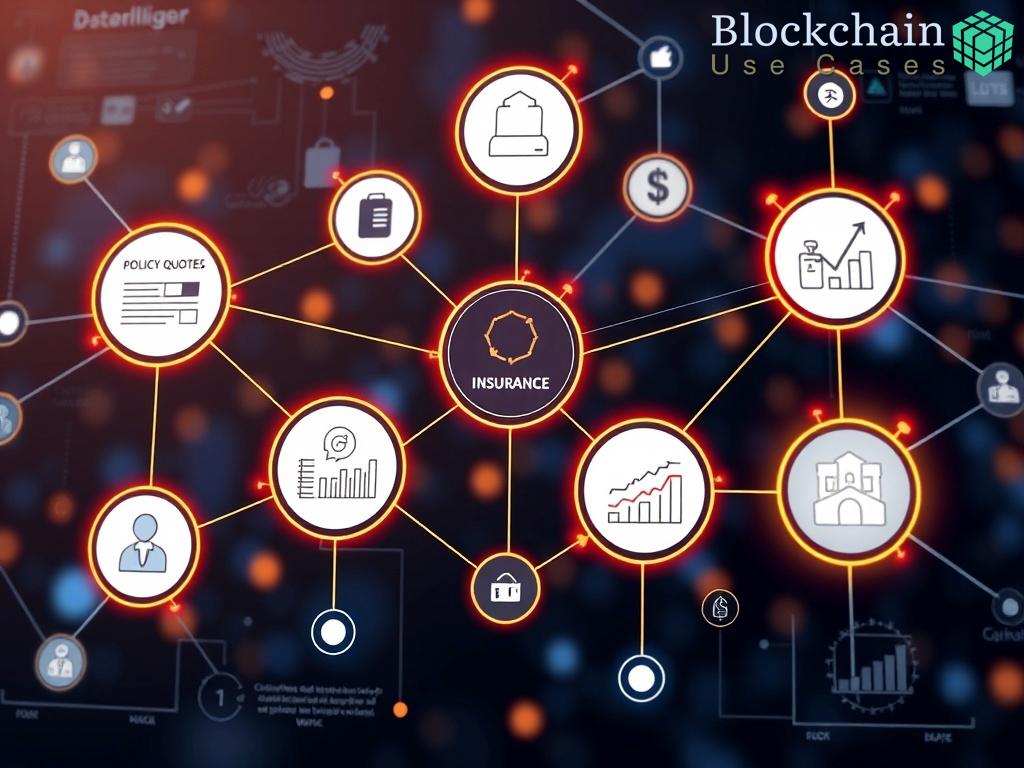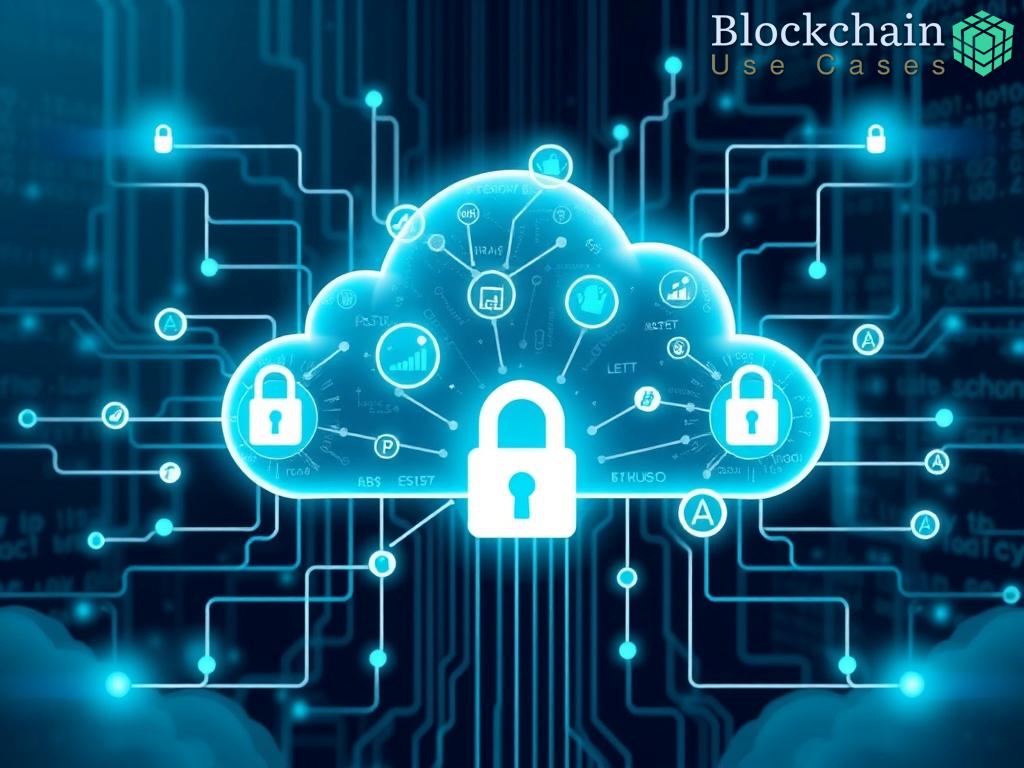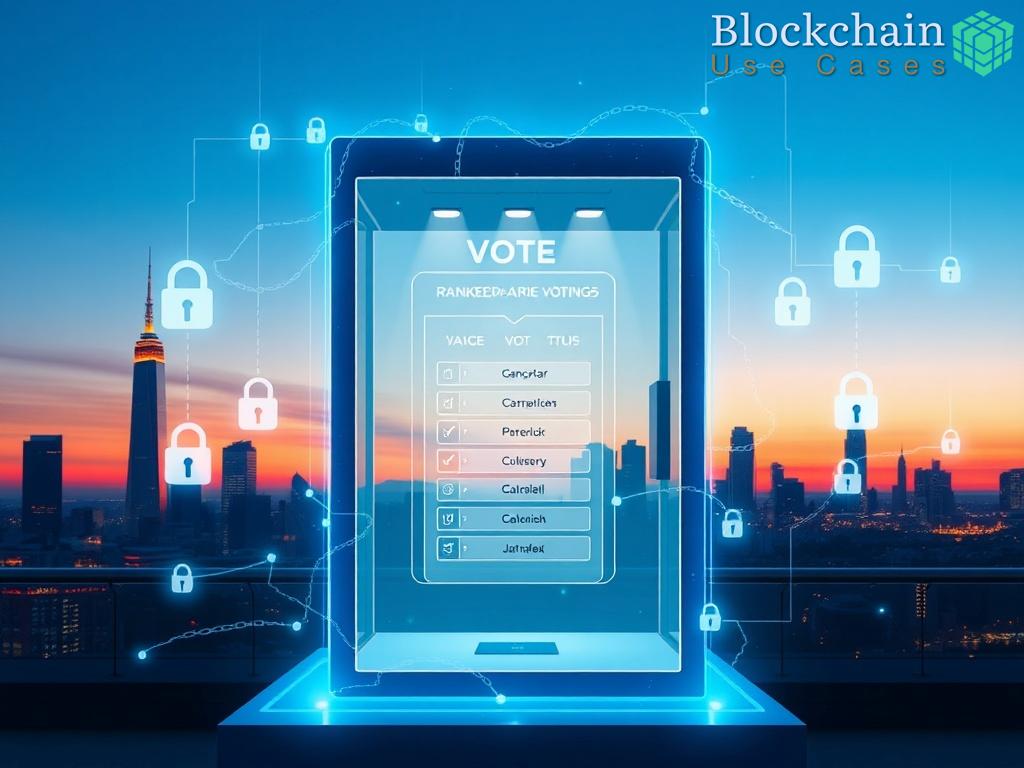Introduction to Blockchain Technology

Blockchain technology stands as a revolutionary advancement that has transcended its initial application in cryptocurrency. Its decentralized nature and cryptographic security measures have made it a formidable force across various sectors, including finance, supply chain, and governance. By allowing data to be stored across a network of computers, blockchain ensures that information is not only transparent but also resistant to tampering, fostering trust among users.
At the heart of blockchain’s security lies its unique architecture. Each block in a blockchain contains a list of transactions, a timestamp, and a cryptographic hash of the previous block, linking them in a secure chain. This interconnectedness means that altering any part of the blockchain would require the consensus of the majority of nodes in the network, making unauthorized changes virtually impossible. Furthermore, the use of public and private keys adds an additional layer of security, ensuring that only authorized individuals can initiate transactions.
In the realm of online petition systems, where security and integrity are paramount, blockchain technology offers several compelling features:
- Decentralization: Eliminates single points of failure, enhancing resilience against attacks.
- Immutability: Once data is recorded, it cannot be altered without consensus, preserving the integrity of petitions.
- Transparency: All transactions are visible to participants, promoting accountability.
- Cryptographic Security: Uses advanced encryption techniques to secure data transmission and storage.
These features collectively ensure that online petitions are not only secure but also trustworthy, encouraging greater public participation and engagement.
Decentralization and Its Impact on Security
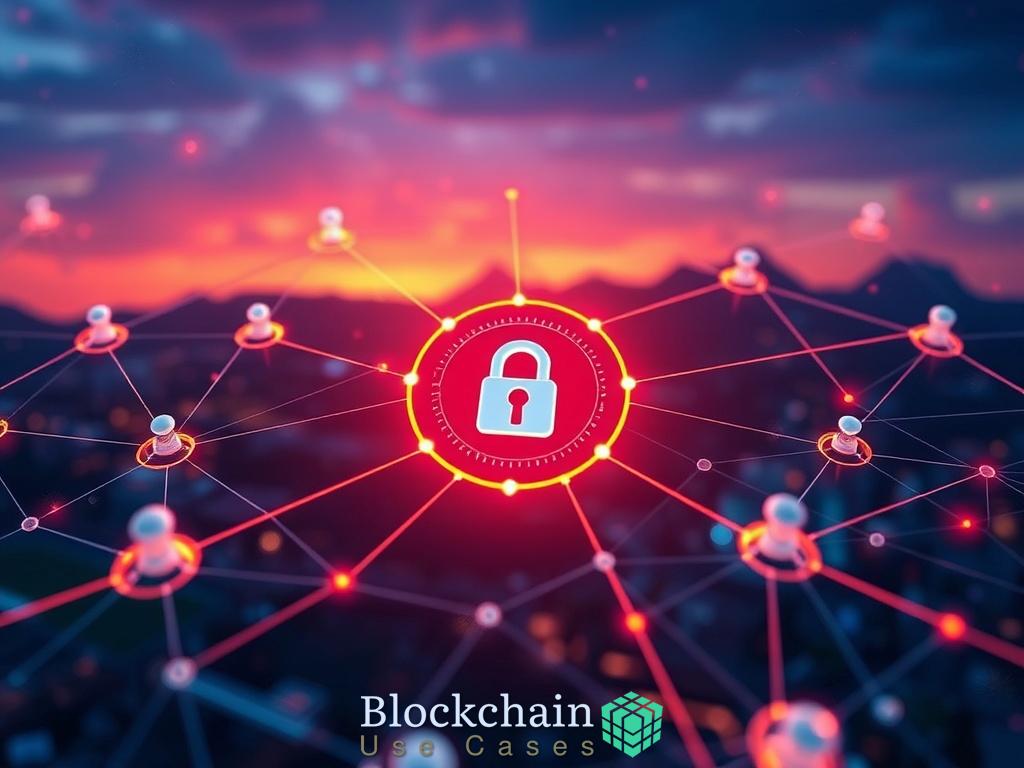
In the contemporary digital landscape, the significance of decentralization cannot be understated, particularly when it comes to enhancing the security of online petition systems. Traditional systems often rely on a central authority, which, while effective, introduces a variety of vulnerabilities ranging from server failures to malicious attacks. By leveraging blockchain technology, which embodies a decentralized structure, online petitions can achieve unprecedented levels of security and resilience.
Decentralization fundamentally alters the security paradigm. Instead of storing data in a single location, blockchain distributes it across a network of computers, or nodes. This distribution mitigates the risk of data breaches, as there is no central point for attackers to target. Each node maintains a copy of the entire blockchain, ensuring that even if one or several nodes are compromised, the integrity of the overall system remains intact. This characteristic is particularly beneficial for online petitions, where the stakes are high, and the need for secure participation is critical.
Another remarkable aspect of decentralization is its inherent resilience against various forms of attacks. In traditional systems, a single successful attack can lead to catastrophic data loss or unauthorized modifications. In contrast, blockchain’s decentralized nature means that altering any information would require overwhelming the majority of the network’s nodes simultaneously—a feat that is not only technically daunting but also resource-intensive. This makes blockchain-based online petitions significantly more secure against tampering and fraud.
The decentralized framework also fosters an environment of trust among participants. When users are aware that their contributions to a petition are recorded in a tamper-proof manner, they are more likely to engage actively, knowing that their voices cannot be silenced or manipulated. This trust is further enhanced by the transparency of the system, as all transactions are visible to participants, allowing for real-time monitoring and validation of the petition’s integrity.
To further illustrate the impact of decentralization on security, it is beneficial to compare centralized systems with their decentralized counterparts. Centralized platforms often face significant challenges such as single points of failure, limited transparency, and greater susceptibility to cyberattacks. In contrast, decentralized systems offer a more robust solution. The following table summarizes these differences:
| Feature | Centralized Systems | Decentralized Systems |
|---|---|---|
| Single Point of Failure | Yes | No |
| Data Tampering Risk | High | Minimal |
| User Trust | Moderate | High |
| Transparency | Limited | High |
In conclusion, the decentralization offered by blockchain technology not only enhances the security of online petition systems but also promotes a culture of trust and transparency among users. As the digital landscape continues to evolve, embracing decentralization will be paramount for ensuring that online petitions remain secure, reliable, and engaging for all participants.
Smart Contracts: Automating Trust in Petitions
In the digital age, where the authenticity of online interactions is often questioned, smart contracts emerge as a groundbreaking solution for enhancing the security and reliability of online petition systems. By enabling automated processes that execute predefined agreements without the need for intermediaries, smart contracts can significantly bolster user confidence. This innovation not only simplifies the management of petitions but also ensures that all parties involved adhere to the agreed-upon terms, thus promoting a greater sense of trust and participation.
At the core of smart contracts lies their ability to operate on the principles of transparency and immutability. Once a contract is deployed on the blockchain, it becomes part of an unalterable record, making it impossible for any party to modify the terms without consensus from all stakeholders. This characteristic is particularly crucial in online petitions, where the risk of manipulation can undermine the legitimacy of the entire process. Thus, participants can engage with the assurance that their contributions are safeguarded against unauthorized changes, fostering a more robust participatory environment.
Moreover, the implementation of smart contracts streamlines the execution of complex processes that are often cumbersome in traditional systems. For instance, when a petition reaches a certain number of signatures, a smart contract can automatically trigger the next steps, such as sending notifications to relevant authorities or compiling data for further analysis. This automation not only reduces the potential for human error but also enhances the efficiency of the petition process. As a result, participants are more likely to engage actively, knowing that their voices will be heard promptly and effectively.
Furthermore, smart contracts facilitate a more dynamic interaction between petitioners and signatories. Participants can be assured that their contributions will be recognized and valued, as the automated system ensures that every signature is accounted for and validated according to the predefined criteria. This level of assurance not only encourages individuals to participate in online petitions but also amplifies the overall impact of collective voices, making it harder for decision-makers to ignore the societal concerns reflected within these petitions.
Data Integrity: Ensuring Authenticity of Signatures
In an era where digital trust is paramount, the authenticity of signatures in online petitions plays a critical role in determining the legitimacy of collective movements. As citizens increasingly turn to the internet as a platform for advocacy, the challenge of verifying signatures has become more pronounced. Blockchain technology emerges as a groundbreaking solution, providing a robust framework for ensuring data integrity and authenticity.
The reliability of signatures in online petitions hinges on the ability to verify their authenticity without ambiguity. Blockchain technology employs advanced cryptographic techniques to secure each signature, embedding it within an immutable ledger. Each participant’s signature is encrypted and recorded in a unique manner, ensuring that it cannot be altered or falsified after submission. This cryptographic assurance not only enhances the integrity of the data but also instills confidence among participants that their contributions are genuine and secure.
One of the remarkable aspects of blockchain’s application in online petitions is its inherent transparency, which complements the integrity of signatures. Every transaction, including each signature, is visible on the blockchain for all participants to review. This level of transparency ensures that stakeholders can easily verify the authenticity of signatures, fostering a culture of accountability. When individuals know that their signatures can be independently confirmed by others, they are more likely to participate, ultimately amplifying the petition’s reach and influence.
To fully leverage blockchain technology for signature verification in online petitions, several critical steps can be implemented:
- Decentralized Storage: Store signatures across a network of nodes to eliminate the risk of data tampering.
- Public and Private Key Encryption: Utilize unique cryptographic keys for each participant to ensure only authorized signatures are submitted.
- Real-Time Verification: Enable participants to verify signatures instantly through the blockchain, promoting immediate trust among users.
- Audit Trails: Maintain a comprehensive log of all signatures and transactions for accountability and transparency.
By systematically establishing these steps, online petition systems can harness the full potential of blockchain technology to ensure the authenticity of signatures, thereby enhancing the overall security and credibility of the petitions.
Challenges and Future Perspectives of Blockchain in Petitions
As the adoption of blockchain technology expands, its implementation in online petition systems presents new opportunities and challenges. While the potential benefits are substantial, including enhanced security and trust, navigating these challenges is essential for successful integration. Understanding these obstacles will pave the way for effective solutions that can solidify the future of blockchain-enhanced petitions.
Scalability Issues represent a prominent challenge in the blockchain landscape, particularly when dealing with a large volume of signatures in online petitions. Many existing blockchain networks face limitations in processing transactions efficiently, which can result in delays and increased costs. As the number of participants grows, the strain on the network escalates, potentially undermining the real-time verification that is crucial for maintaining user trust.
Another critical factor is Regulatory Compliance. The decentralized nature of blockchain can create complexities in adhering to legal frameworks. Different jurisdictions have varying rules regarding data protection and privacy, which can pose challenges for online petitions that span multiple regions. Ensuring compliance with these regulations while leveraging blockchain’s capabilities necessitates a nuanced approach that balances innovation with legal accountability.
Despite the challenges, the future of blockchain in online petition systems holds immense promise. By addressing scalability and regulatory issues, the technology can evolve into a powerful tool for empowering civic engagement. The integration of advanced solutions, such as layer-two scaling techniques, has the potential to enhance transaction speeds and reduce costs, making it feasible for widespread adoption.
Moreover, the rise of Interoperable Blockchains presents an exciting prospect. By allowing different blockchain networks to communicate seamlessly, online petition systems can benefit from collaboration across platforms. This interconnectedness could facilitate broader participation and streamline processes, thereby amplifying the impact of petitions and ensuring that voices are heard on a larger scale.
Additionally, as public awareness and understanding of blockchain technology increase, there is a growing opportunity to foster greater Public Engagement. Educational initiatives can demystify blockchain, encouraging more individuals to participate in online petitions with confidence. By cultivating an informed user base, the legitimacy and effectiveness of online petitions can be significantly enhanced, ultimately leading to more responsive governance.

